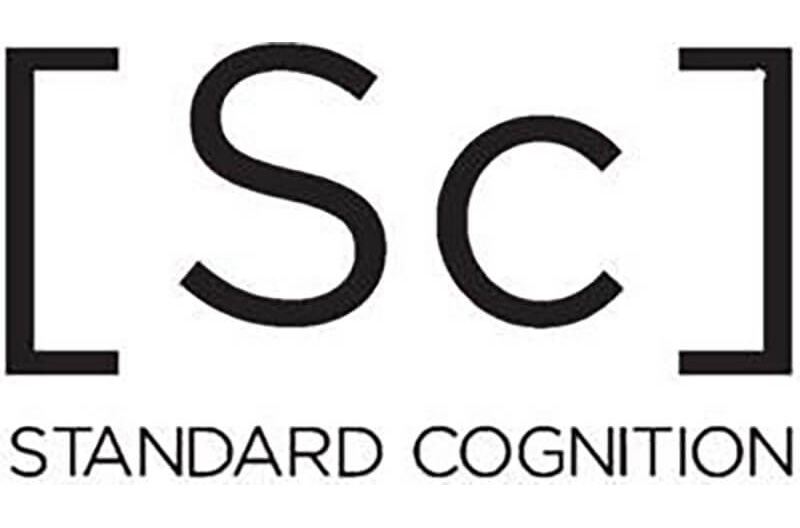Understanding Standard Operating Procedures: A Comprehensive Guide
Introduction to Standard Operating Procedures
Standard Operating Procedures (SOPs) are essential documents that provide detailed, written instructions to achieve uniformity in the performance of a specific function. They are widely used across various industries, including healthcare, manufacturing, and food services, to ensure that operations are consistent and compliant with regulatory requirements. The importance of SOPs cannot be overstated, as they serve as a foundation for quality control, training, and safety protocols.

The Purpose of SOPs
The primary purpose of SOPs is to ensure that all employees perform their tasks in a consistent manner, which minimizes variability and enhances efficiency. By having clear guidelines, organizations can reduce the risk of errors and improve the quality of their products or services. SOPs also play a crucial role in training new employees, as they provide a reference point for understanding the processes and expectations within the organization.
Components of an Effective SOP
An effective SOP typically includes several key components:
- Title: A clear and concise title that reflects the content of the SOP.
- Purpose: A brief description of why the SOP is necessary and what it aims to achieve.
- Scope: An outline of the areas or processes that the SOP covers.
- Responsibilities: A delineation of who is responsible for carrying out the procedures outlined in the document.
- Procedures: Step-by-step instructions on how to perform the tasks.
- References: Any related documents or resources that provide additional context or information.
- Revision History: A log of changes made to the SOP over time, ensuring that users are aware of the most current version.
Benefits of Implementing SOPs
Implementing SOPs offers numerous benefits to organizations. Firstly, they enhance operational efficiency by standardizing processes, which reduces the time and resources spent on training and execution. Secondly, SOPs help in maintaining compliance with industry regulations and ASME BPVC.VIII.1-2023 pdf, which is particularly important in highly regulated fields like pharmaceuticals and healthcare.
Moreover, SOPs contribute to improved safety in the workplace. By clearly outlining safety protocols and emergency procedures, organizations can minimize the risk of accidents and ensure that employees are well-prepared to handle unexpected situations. This not only protects employees but also reduces potential liability for the organization.
Creating a Standard Operating Procedure
Creating an SOP involves several steps. First, it is crucial to identify the process that requires standardization. This may involve gathering input from team members who are directly involved in the process to ensure that all relevant details are captured. Once the process is identified, the next step is to document the procedures in a clear and concise manner.
During the writing process, it is important to use simple language and a logical structure to make the SOP easy to follow. Visual aids, such as flowcharts or diagrams, can also be helpful in illustrating complex processes. After drafting the SOP, it should be reviewed by relevant stakeholders to ensure accuracy and completeness.
Standard Operating Procedure Sample PDF

For organizations looking to develop their own SOPs, reviewing a “standard operating procedure sample pdf” can be incredibly beneficial. These samples provide a practical reference that illustrates how to structure and format an SOP effectively. They can serve as templates, allowing organizations to adapt the content to fit their specific needs while maintaining the essential components of a well-crafted SOP.
Training and Implementation
Once an SOP has been created, the next step is to implement it within the organization. This involves training employees on the new procedures to ensure that they understand and can follow them effectively. Training sessions should be interactive, allowing employees to ask questions and seek clarification on any points that may be unclear.
After training, it is vital to monitor the implementation of the SOP to ensure compliance and identify any areas for improvement. Feedback from employees can provide valuable insights into the practicality of the SOP and highlight any challenges they may face in adhering to the procedures.
Review and Continuous Improvement
cheap AS 4811-2022 Operating Procedures should not be static documents. Regular reviews are necessary to ensure that they remain relevant and effective. As processes change or new regulations are introduced, SOPs must be updated accordingly. Organizations should establish a schedule for reviewing their SOPs, as well as a system for documenting any changes made.
Continuous improvement is key to maintaining the effectiveness of SOPs. Encouraging feedback from employees and stakeholders can help identify areas for enhancement, ensuring that the SOPs evolve alongside the organization’s needs.
Conclusion
In conclusion, Standard Operating Procedures are critical for ensuring consistency, quality, and safety in organizational operations. By understanding the purpose, components, and benefits of SOPs, organizations can effectively develop and implement these essential documents. Utilizing resources such as a “standard operating procedure sample pdf” can aid in this process, providing a valuable reference for creating effective SOPs. Ultimately, the successful implementation and continuous improvement of SOPs contribute to an organization’s overall efficiency and success.
Leave a Reply